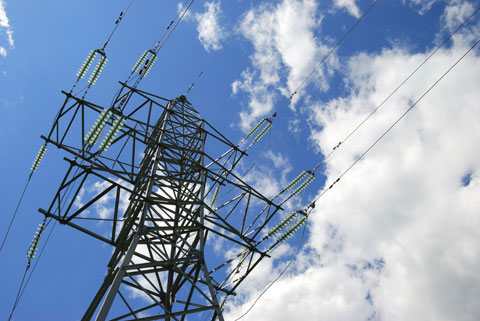Samsung Group to plug into Vietnam energy gap

illustration photo
The Ministry of Industry and Trade’s (MoIT) General Department of Energy, in a document sent to central and southern provinces that was seen by VIR, said that Samsung Group would conduct a survey at five power projects in Nghe An, Ha Tinh, Quang Binh, Hau Giang and Kien Giang to invest into one of them.
The projects are 1,200 MW Quynh Lap 2, 2,400 MW Vung Ang 3, 1,200 MW Quang Trach 2, 2,000 MW Song Hau 3 and 2,000 MW Kien Luong. All of these projects are included in the national electricity development master plan for the 2011-2020 period.
The document comes one month after Deputy Prime Minister Hoang Trung Hai directed the MoIT to research possible locations for Samsung Group to build a thermo power facility in Vietnam.
Samsung Group could invest in a power project in Vietnam under a build-operate-transfer (BOT) model, according to an anonymous source from the MoIT. The total estimated capital investment that Samsung would commit to this power plan is still secret.
With electricity consumption rising at about 12 per cent a year, the nation’s current power plant projects are not keeping pace with demand peaks. The dry season is especially a problem due to Vietnam’s dependence on hydro-power plants, which make up 40 per cent of the country’s generation capacity.
Power generation capacity of all the electricity plants in Vietnam is expected to increase to about 75,000MW by 2020 and 146,800MW by 2030.
In a related development, Thailand’s EGATI has secured in-principle approval from the Vietnamese government to invest in a 1,200 MW thermal power plant in the central province of Quang Tri.
Since Vietnam opened its doors to foreign investors, the government has licensed only four foreign-invested BOT power projects. Low selling prices regulated by the government is a major reason behind private investors’ reluctance to make investments in the local power sector.
Although Vietnam’s economy has slowed down, electricity demand in the first half of this year still rose 11 per cent year-on-year. The MoIT estimated the demand would increase by 11-13 per cent next year.
What the stars mean:
★ Poor ★ ★ Promising ★★★ Good ★★★★ Very good ★★★★★ Exceptional
Latest News
More News
- Businesses ramp up production as year-end orders surge (December 30, 2025 | 10:05)
- Vietjet chairwoman awarded Labour Hero title (December 29, 2025 | 13:06)
- How to unlock ESG value through green innovation (December 29, 2025 | 10:03)
- AI reshapes media and advertising industry (December 29, 2025 | 08:33)
- FPT and GELEX sign deal to develop blockchain tech for global markets (December 29, 2025 | 08:29)
- Vietnam’s GDP forecast to grow by 9 per cent in 2026 (December 29, 2025 | 08:29)
- Women entrepreneurs are key to Vietnam’s economic growth (December 29, 2025 | 08:00)
- Vietnam's top 500 value-creating enterprises announced (December 27, 2025 | 08:00)
- The PAN Group shaping a better future with ESG strategy (December 26, 2025 | 09:00)
- Masan Consumer officially lists on HSX, marking the next phase of value creation (December 25, 2025 | 13:20)

















 Mobile Version
Mobile Version